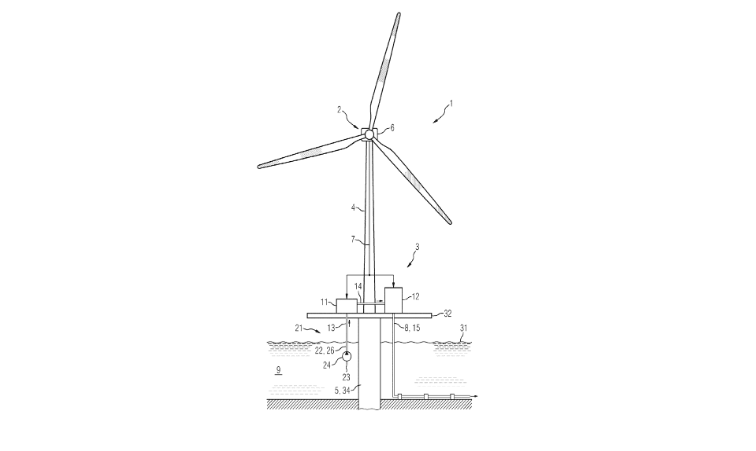Siemens Gamesa Renewable Energy A/S has taken a significant step in this direction with its newly patented technology. The patent describes a wind turbine that not only generates electricity but also produces hydrogen through an integrated electrolytic unit.
This dual functionality is particularly innovative, as it addresses the intermittency issue associated with wind power by converting excess electricity into hydrogen, a versatile energy carrier. The electrolytic unit in the wind turbine utilizes electricity generated by the turbine to split water into hydrogen and oxygen. This hydrogen can then be stored or transported for various applications, from fueling vehicles to providing energy in grid networks.
The wind turbine system includes several key components: a generator, a nacelle, a tower, and a base. The generator creates electricity, powering the electrolytic unit to produce hydrogen from water. The fluid supply assembly plays a crucial role in this setup by delivering water from a source below the water level to the electrolytic unit positioned above it. This design ensures a steady water supply, facilitating consistent hydrogen production. Importantly, the hydrogen produced is extracted from the wind turbine via a dedicated hydrogen output.
This patented wind turbine design holds significant environmental and economic promise. By pairing wind energy generation with hydrogen production, it offers a dual advantage: reducing greenhouse gas emissions by relying on renewable resources, and facilitating a practical method of storing and transporting energy. As hydrogen can be used in various sectors, including industrial processes and transportation, this technology could help diversify and stabilize the renewable energy supply.
Stay updated on the latest in energy! Follow us on LinkedIn, Facebook, and X for real-time news and insights. Don’t miss out on exclusive interviews and webinars—subscribe to our YouTube channel today! Join our community and be part of the conversation shaping the future of energy.





